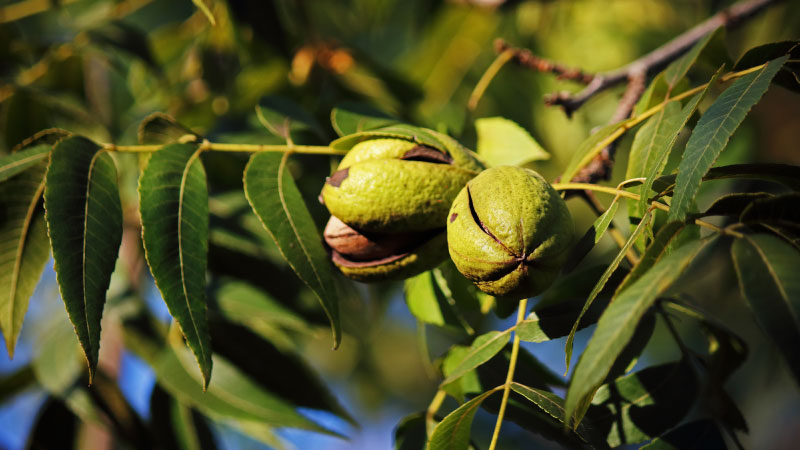New Discovery Helps Combat Powdery Mildew

Powdery mildew-infected grapes.
Photo: Laura Jones
Researchers at the University of California, Davis have made some recent discoveries that could help combat one of the most-prevalent grapevine diseases: powdery mildew.
In 2013, the researchers sequenced the genome of the powdery mildew fungal pathogen Erysiphe necator and learned how the species evolves in response to fungicide treatments. They collected several strains of the fungus from vineyards throughout California that were not treated with fungicides, as well as those that were treated. All the strains’ genomes were sequenced, and it was discovered that a fungicide resistance mechanism was present only in vineyards where chemical fungicides were used.
“Affected strains of the different species are very, very different genetically – much more different than humans are from each other – which suggests that the fungus evolves extremely rapidly,” says UC-Davis Department of Viticulture and Enology Associate Professor Dario Cantu. “This is an important implication in how we deal with it.”
While it’s widely known that fungicides need to be rotated to reduce the risk of resistance, what the research discovered is just how quickly the pathogen can become resistant to an active ingredient.
When a fungicide is applied, the pathogen will acquire a gene mutation that renders the fungicide ineffective. When a grower applies more of that fungicide, the pathogen will acquire an increasing number of copies of that mutant, fungicide-resistant gene. The research shows that resistance to the fungicide increases linearly with the number of copies of the mutant gene.
“The result is the more you apply the fungicide, the more your pathogen population will be composed of individuals that are very tolerant to the fungicide,” Cantu says.
This is an important consideration for breeders who are working to create new, powdery mildew-resistant varieties. Cantu says that some breeders are willing to deploy new varieties that have just one powdery mildew-resistant gene – but that’s a slippery slope.
“When you put just one resistant gene in a new variety, you’re doing the same thing you’re doing when you’re spraying the single fungicide,” he says, noting that the pathogen is likely to evolve rapidly, requiring more than just one powdery mildew-resistant gene to protect the vines.
“The result of that is that you not only lose the value of your new variety, but you also lose the value of the genetic source that you’re deploying in the field, so that resistant gene will not be useful anymore, which is a problem, because the sources of genetic resistance are not unlimited,” Cantu says.
What breeders should be doing is combining multiple powdery mildew-resistant genes in new varieties before deploying them in the field.
“Every time you do something in the vineyard or in the field, the pathogen is doing something to respond to it,” he adds. “There is a strong need for research and understanding how powdery mildew is actually responding to all these things we do. You don’t want to end up with a situation where the most important disease of grapevines cannot be controlled anymore.”









